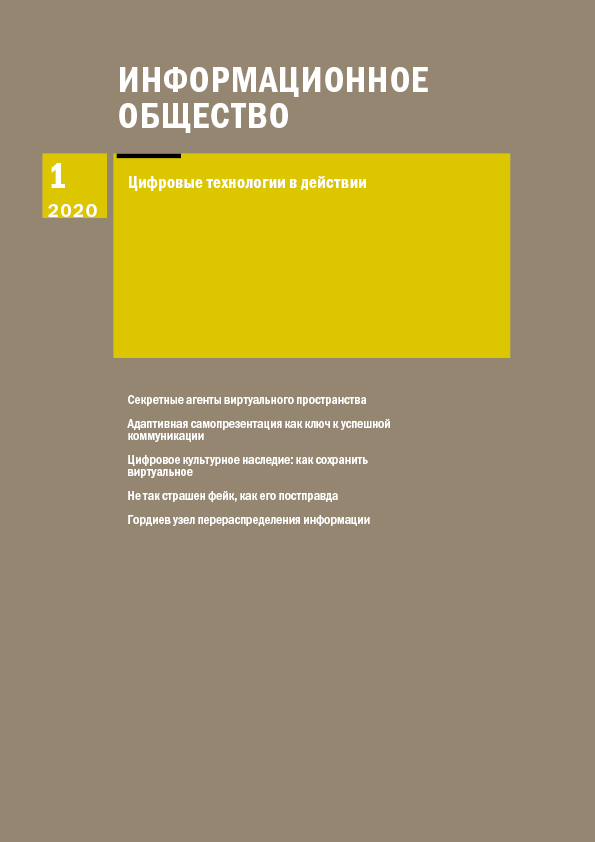“Fake News Act” from the standpoint of methodological correctness
Keywords:
Fake News Act, fake, post-truth, pseudo-news, mediaAbstract
The article analyzes the so-called “Fake News Act” adopted in 2019. The author clarifies its main methodological conflicts and accents unsettled nature of this act at the level of using of the term “fake”. The author applies the concept of pseudo-news as a discretely existing kind of news, which corresponds structurally and formally to the news message, but contradicts substantively the main features of the news (objectivity, reliability, reflection of current reality). Two types are distinguished in this context: fake and post-truth. Attention is drawn to the fact, that if a fake is a consequence of the unintentional actions of media controllers (the pursuit of sensation or a low level of professionalism, which is manifested in the absence of skills for verifying factual data), then post-truth is the result of a planned technique, the ultimate goal of which is deliberate misinformation of the audience. Proceeding directly from the text of the “Fake News Act” and the rhetoric, that accompanied its discussion by parliamentarians, an unreliable information message, that could disrupt public order and encourage people to extremist activities, hides the concept of not fake as such, but exactly post-truth. Post-truth, acquiring a legitimate discourse, is able to create riots and manipulate the mind. These two fundamentally opposite concepts in the text of the document are replaced by each other, and they do not receive proper methodological attention from the authors of the act. It is predicted, that the adopted law will lead to the emergence of transformational processes both in the media industry (redefinition of media actors) and in the social structure of Russian society (at the level of media practices, political orientations, etc.).
Published
How to Cite
Issue
Section

This work is licensed under a Creative Commons Attribution-NonCommercial-ShareAlike 4.0 International License.
